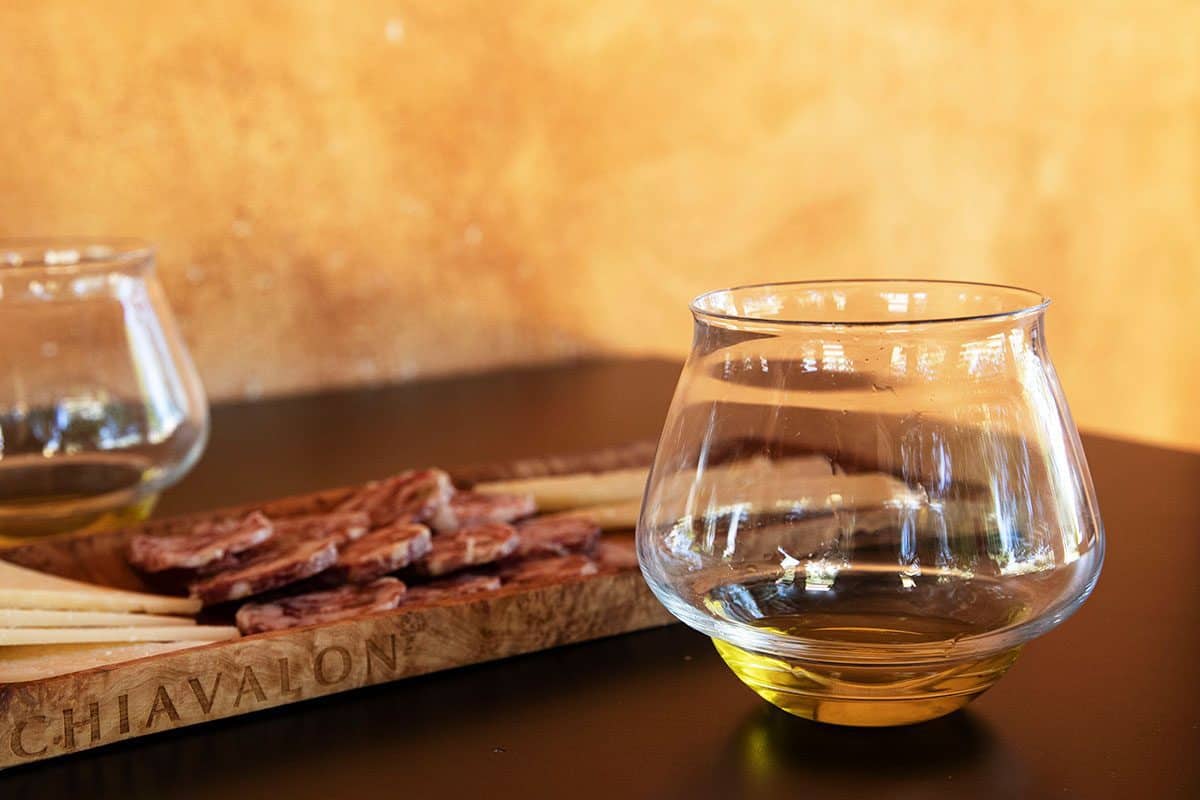From a young age, Sandi Chiavalon has always been fascinated by the family’s olive trees. He used to help his grandfather cultivate the family grove which consisted of 50 olive trees. After his grandfather fell ill, he decided to take it upon himself and cultivate the family trees by himself, at the young age of 14. With his passion, and eagerness to learn as much as possible about olive oil production, accompanied by two degrees from the Agricultural Secondary School in Poreč, and the Faculty of Agriculture in Zagreb, Sandi, with the help of his brother, Tedi, have turned their small family olive oil grove to a successful business that is renowned for the unusual high-quality of their 100% organic extra virgin olive oil. Their early harvest and same-day processing (the length of time between the harvesting procedure to the pressing process is only 4 hours), along with the meticulous pressing and storing methods have earned them numerous awards and worldwide recognition. Chiavalon’s extra virgin olive oil bears the Organic Label, as well as the Protected Designation of Origin. Both of these labels guarantee 100% organic extra virgin olive oil from Istria. Even the prestige Flos Olei olive oil guide has ranked their Extra Virgin Olive Oil Ex Albis (a unique blend of five different olive varieties) among the Top 15 olive oils in the world.
